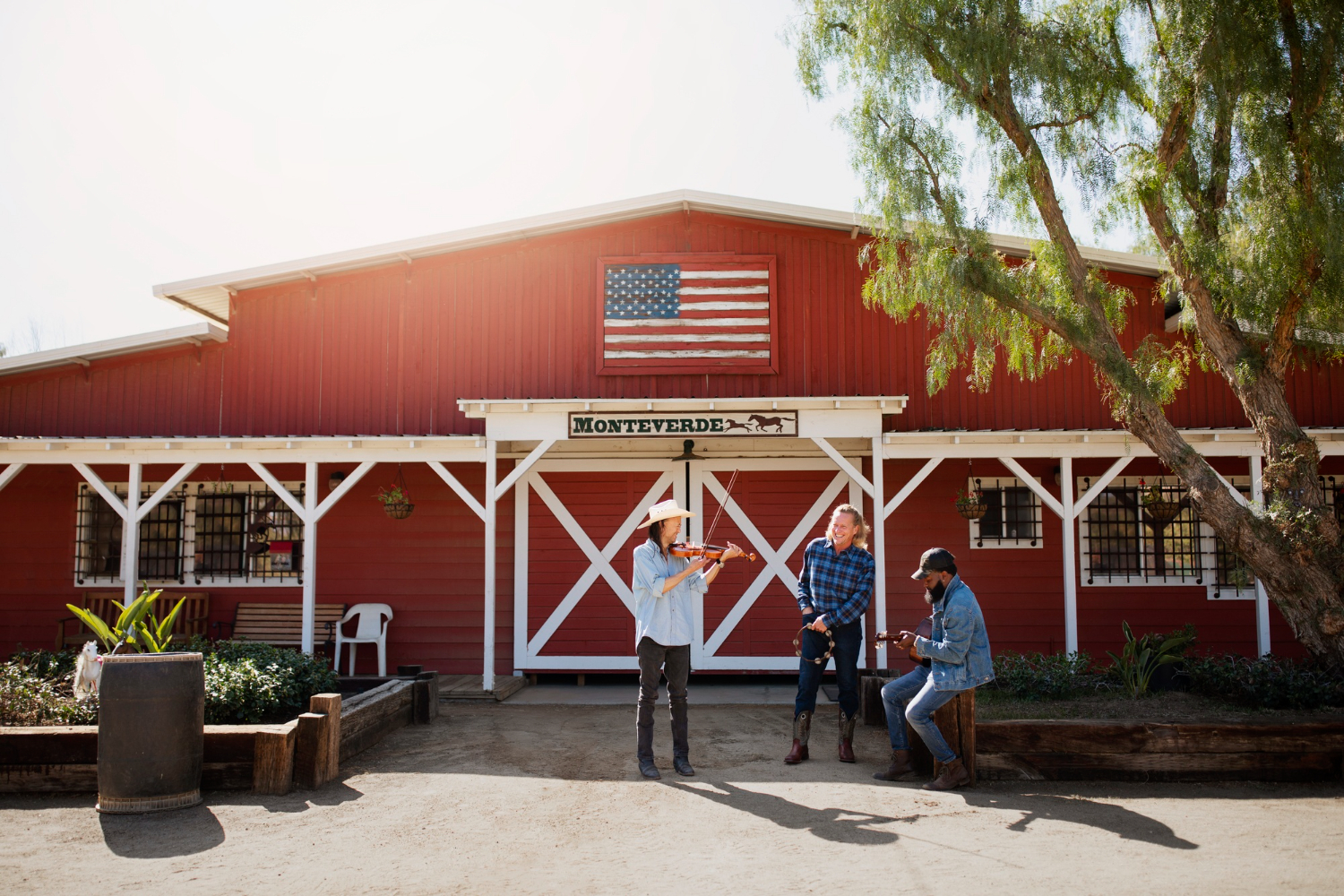
In recent years, the construction industry has been evolving rapidly with a shift toward more efficient, sustainable, and cost-effective building solutions.
Among the many innovations shaping the sector, steel buildings have emerged as a leading choice for residential, commercial, industrial, and agricultural projects.
Their durability, flexibility, and eco-friendly properties make them a strong contender to replace traditional construction materials like wood, concrete, and brick.
So, why are steel buildings considered the future of construction? Letí»s explore.
1. Unmatched Durability and Strength
Steel is one of the strongest materials available in construction. Unlike wood, it does not warp, rot, or split, and it can withstand harsh conditions such as heavy snow, high winds, and even earthquakes. This resilience makes steel buildings ideal for areas prone to natural disasters.
- Fire resistance: Steel does not burn, making it safer than timber structures.
- Pest resistance: Steel is immune to termites, carpenter ants, and rodents.
- Longevity: Properly maintained steel buildings can last for decades, often outliving traditional constructions.
2. Faster Construction Times
Traditional brick-and-mortar construction is labor-intensive and time-consuming. Steel buildings, however, are typically pre-engineered and prefabricated, meaning most components are manufactured off-site and assembled quickly on-site.
- Reduced labor costs
- Quicker project completion
- Minimal weather-related delays
This speed is a significant advantage for businesses and individuals who want to start using their structures as soon as possible.
3. Cost-Effectiveness
While the initial investment in steel may sometimes be higher than wood or concrete, steel buildings prove to be more cost-effective in the long run.
- Lower maintenance costs: No need for expensive pest treatments or frequent repairs.
- Energy savings: When insulated properly, steel buildings are highly energy-efficient.
- Reduced insurance premiums: Fire-resistant and weather-resistant properties often result in lower insurance costs.
4. Flexibility in Design
Gone are the days when steel buildings were only used for warehouses and barns. Modern engineering has made steel incredibly versatile.
- Residential homes with sleek and modern designs
- Commercial spaces like offices, retail shops, and restaurants
- Agricultural buildings including barns and storage facilities
- Industrial warehouses with clear-span interiors
Steel structures can be customized with windows, skylights, mezzanines, and unique facades to match almost any architectural style.
5. Eco-Friendly and Sustainable
Sustainability is no longer an optioní¬ití»s a necessity. Steel buildings align perfectly with eco-conscious construction trends.
- Recyclable: Steel is 100% recyclable without losing quality.
- Energy efficiency: With advanced insulation and reflective roofing, steel buildings reduce heating and cooling costs.
- Reduced waste: Prefabricated steel construction minimizes on-site material waste.
As more governments and industries push for green building standards, steel buildings naturally fit into these requirements.
6. Technology Integration
The future of construction is digital, and steel buildings are easier to integrate with modern technology.
- Smart sensors can be embedded to monitor energy use and structural health.
- Solar panel systems pair perfectly with steel roofing.
- Automation in prefabrication allows for precision-engineered components, reducing errors.
7. Versatility in Applications
Steel buildings are not just for one industryí¬they serve multiple purposes:
- Residential homes and garages
- Factories and warehouses
- Airplane hangars
- Educational facilities
- Community centers and sports complexes
This adaptability ensures steel buildings will remain relevant for decades to come.
Final Thoughts
Steel buildings are revolutionizing the construction industry. With their strength, affordability, speed of construction, sustainability, and design flexibility, they represent the perfect blend of modern engineering and environmental responsibility.
As the world continues to demand structures that are resilient, eco-friendly, and cost-efficient, steel buildings are undoubtedly positioned as the future of construction.
















